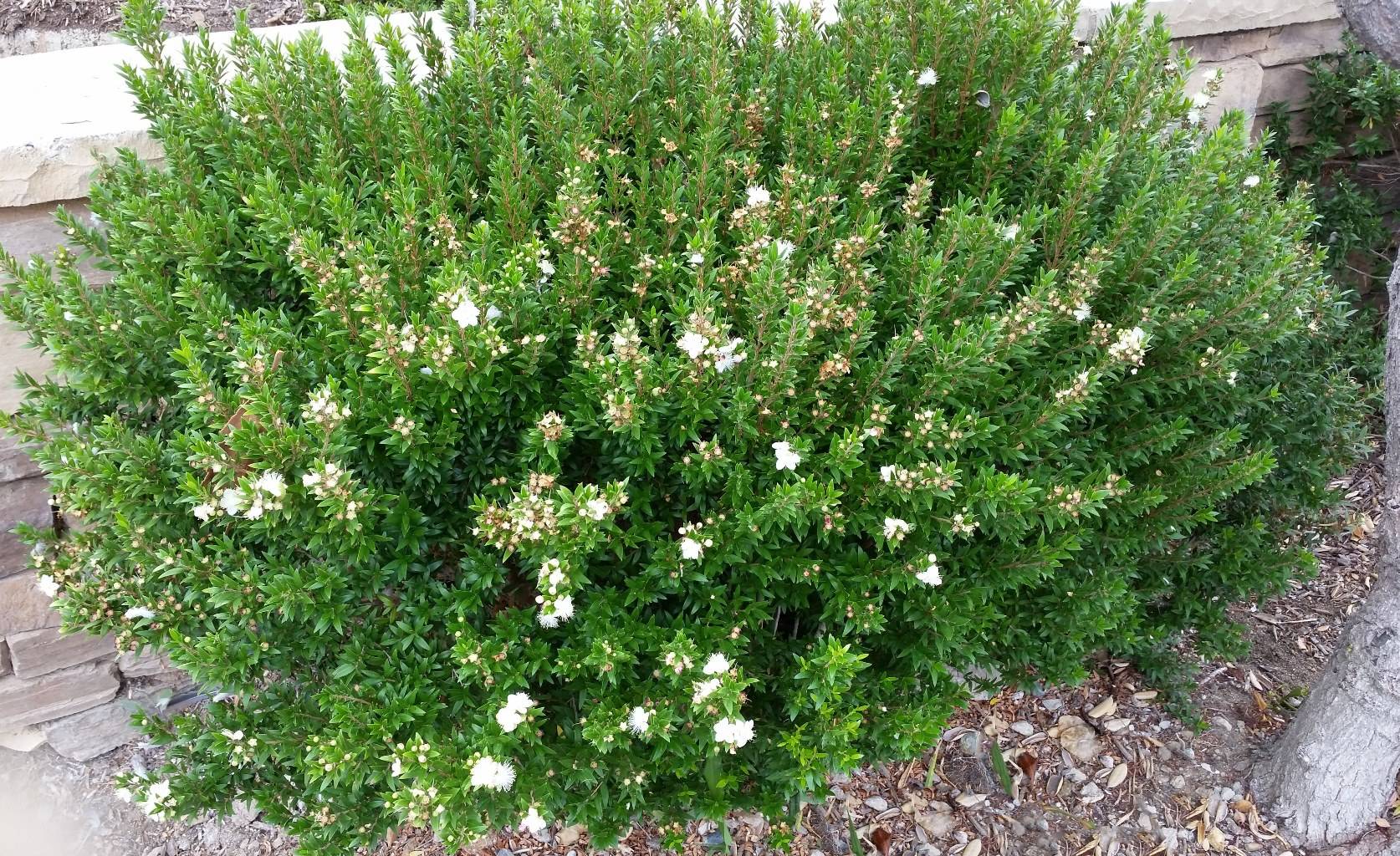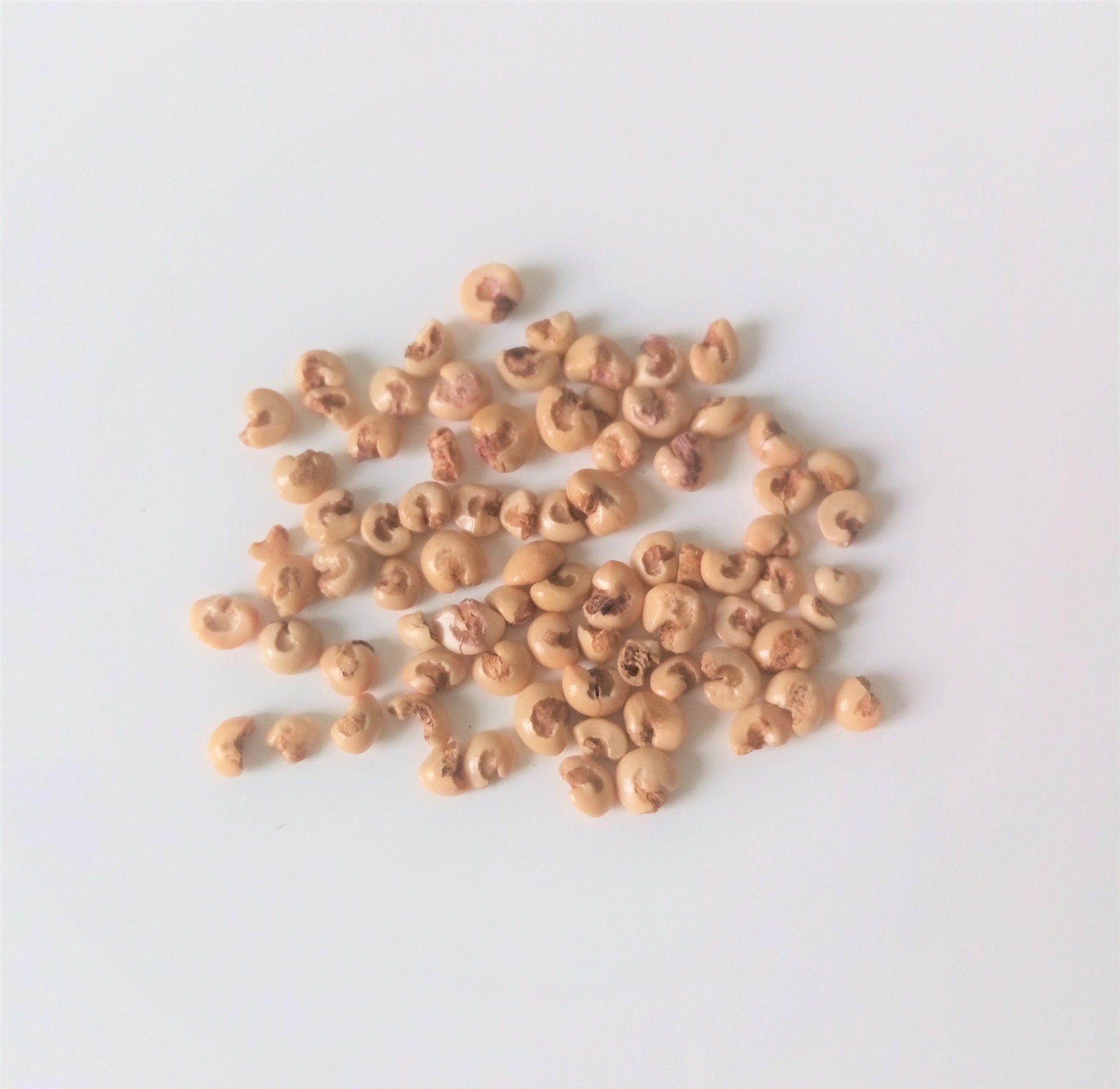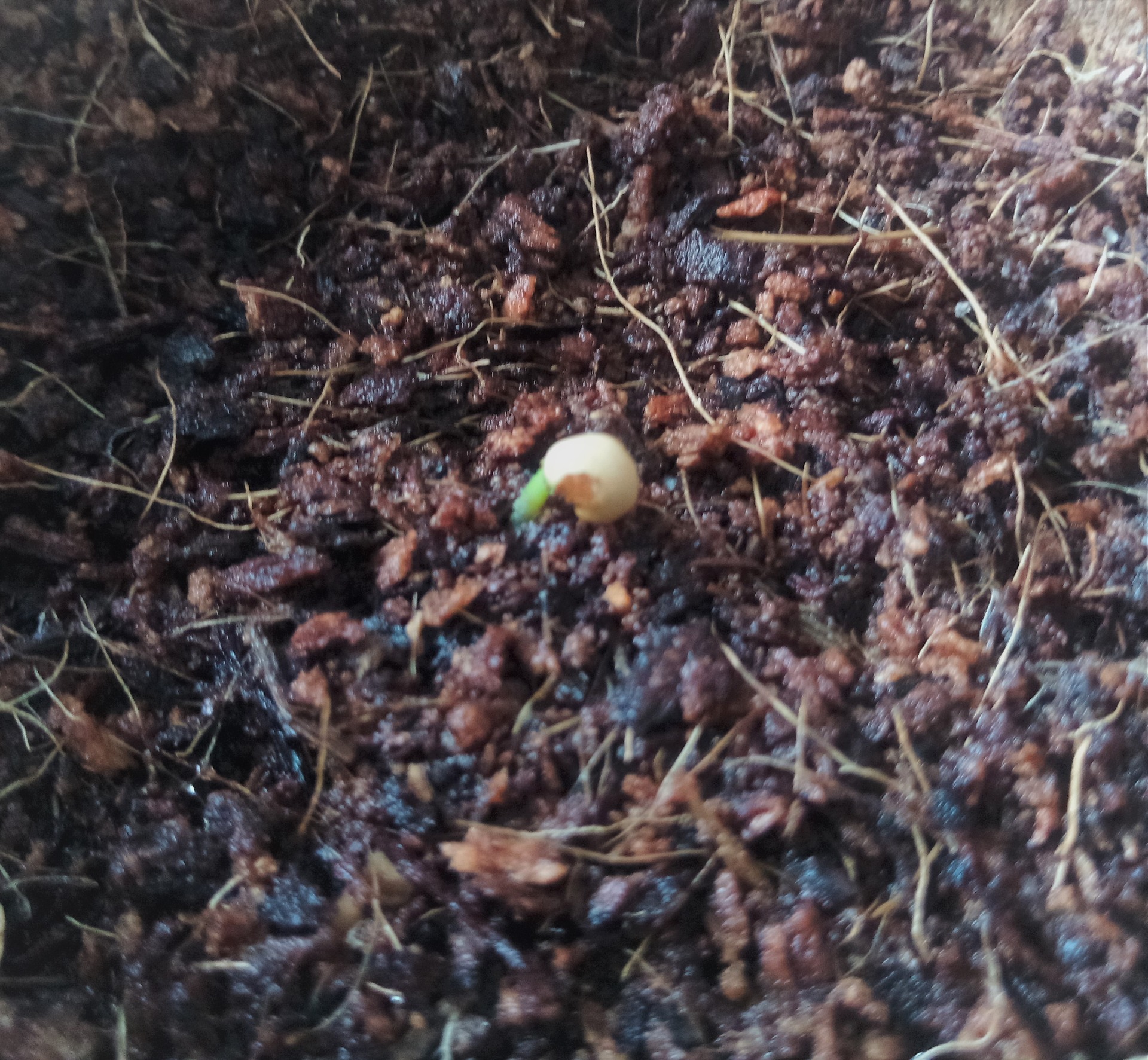HOW TO GERMINATE AND MAKE A BONSAI FROM COMMON MYRTLE ?
(MYRTUS COMMUNIS)

Common Myrtle (Myrtus communis), a symbol of love and peace, is an evergreen shrub. It can grow 5 m in height, the shoots are upright and quadrilateral. The root system is well developed and can go very deep. the shoots are upright and quadrilateral Because they contain essential oil, they give off a pleasant scent. The flowers used to make the fragrances are white, single and up to 2 cm wide. They develop dark blue to almost black berries, ripening in November and remaining on the bush until late winter. The berries are edible and contain many medicinal ingredients along with the leaves. The plant is undemanding, but it requires a lot of heat and a well-drained soil on a limestone base, which means that you can water it with lukewarm tap water. It thrives best in direct sunlight, as it can withstand heat and drought. The winter cold can hurt it. The spring pruning conveys very well, making it the perfect plant for any window sill and therefore a great choice for an indoor bonsai.
Common Myrtle: Germination and cultivation
Level of difficulty: 3


Myrtle seeds are very fickle and not so easy to germinate. They usually have about 50% germination under the right conditions. Winter rest is not required, so you can start to germinate them immediately. Their initial food is inside the seeds.
For maximum success in germination, they require a warmth (about 25 to 30 ° C) and just right humidity. Light does not affect germination.
The most common factors that inhibit successful germination are:
- Too much water around small seeds because they start to rot very quickly.
- Too deep in the substrate because the sprout runs out of power to reach sunlight.
- Too slight substrate because the tiny roots are incapable of rooting.

Pour warm water (around 25 ° C) into a clean pot and put the seeds - using a spoon, not your fingers in it. Close the lid and place it in a warm environment for 24 hours.
Remove the seeds with a spoon from the germination pot and gently place them on a germinating paper soaked in warm water. Then take four sowing substrates, place them one by one in a germination pot and fill with warm water. Let them soak well (about 10 minutes). Then take them with a spoon out of the water and place in a sowing pot. Spread them gently, to get a slightly moist substrate. Myrtle seeds will be very moist after being 24 hours in the water and are more likely to be moldy if the substrate is too moist. Therefore, if the substrate is wet, allow it to dry a little.



Put the seeds on the substrate as shown in the picture. With a spoon gently push them into the substrate but not completely cover them with it. Place the pot in a bright and warm place. The preferred temperature for the optimum result is 25-30 °C.
Every day check the substrate and moisture it if necessary. Water or spray them gently that you don't move the seeds. The first seeds will sprout within 3 weeks.




When the roots peek through the peat pot, the plant must be transplanted into a larger pot for a few years. When you feel that the trunks and branches are sufficiently shaped and thickened to your liking and the plant has reached the size that best suits you - we suggest about 30 cm, transplant it into a bonsai pot. It should be round or rectangular in shape and darker in color. In it, its growth will significantly slow down, and with careful care, it will inspire you with its beauty for many years.
You can plant the remaining sprouted seeds in the garden if you live in a favorable climate or give them as a gift to your loved ones. But never plant them in nature or forests.
Finally, here are some ideas that may inspire you to design your bonsai.
